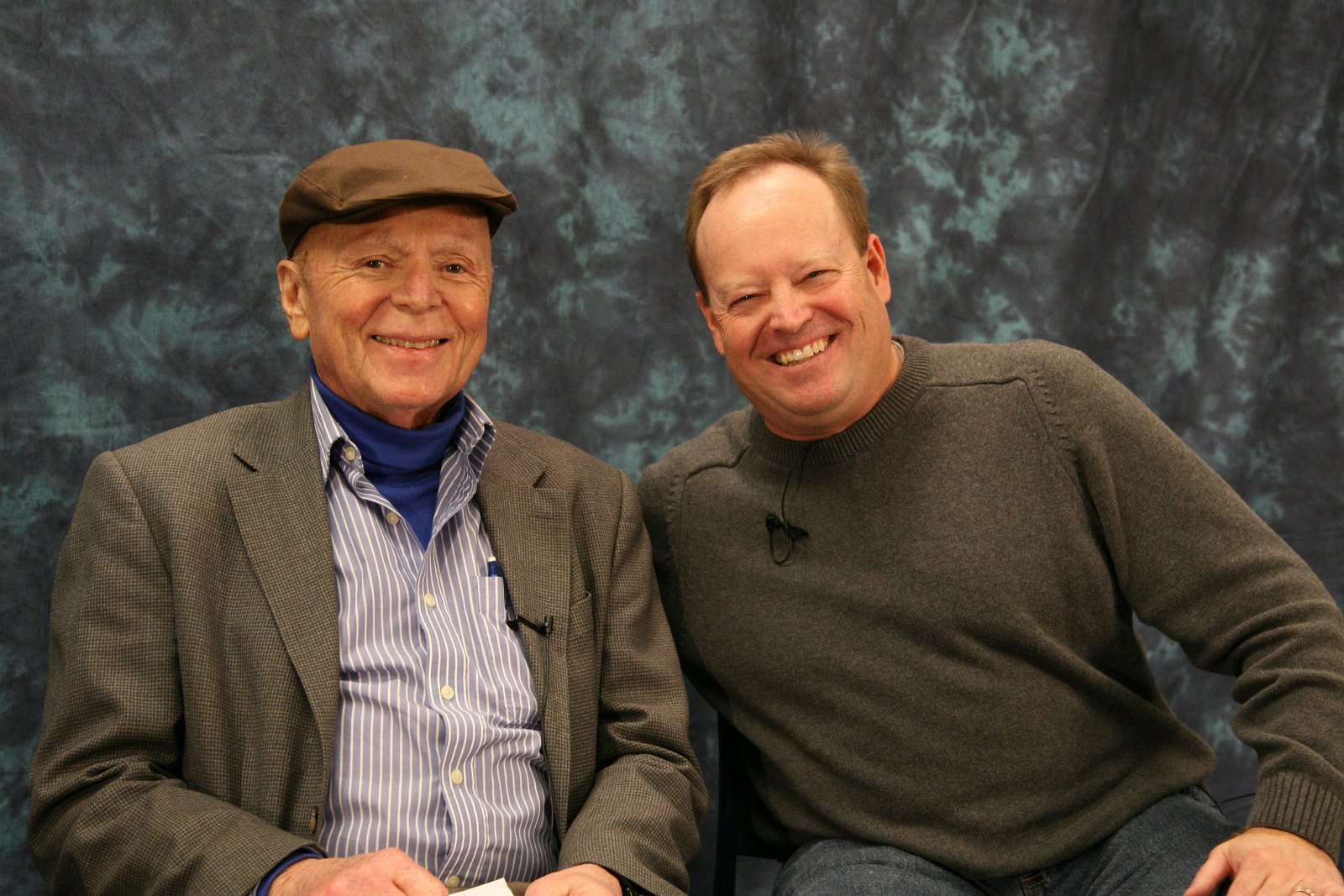Following is a "Cliff Notes" version of the adding metadata process. The detailed description of the process is available.
Download adding metadata (detailed)
Step 0 - select an interview
If the Video History Project Database Chair or designee has not assigned you an interview you can view the list of interviews that need metadata, select an interview and let the Project Database Chair know which interview you have selected so the list can be updated.
View list of interviews needing metadata
Step 1 - know what you are looking for
If you have not already done so you should review the material in the following accordions so you know what you are looking for when you view the interview. Once you understand what the Series and Subject metadata are it is probably a good idea to briefly look at the dictionaries for these two metadata.
Step 2 - get the interview
There are two ways to get the interview you are working:
- On the ASURA website click on the "Service" menu and select "Video History Interviews. Enter the name of the interviewee in the search box just above the "Apply" button. The search is case sensitive. Click the "Apply" button and on the "Full Inte" link. This will direct you to the interview on the Library's digital repository, named KEEP.
- Go directly to the Video History Project's collection stored on the Library's digital repository, KEEP. In the "Search" box enter the name of the interviewee, the name is not case sensitive and click on the "Search" button. If the name entered shows up in any of the metadata you will get a list of possible interviews; pick the one for your interviewee.
Step 3 - gathering the metadata material
You gather the metadata by viewing the video, listening for metadata items, e.g., information for the abstract, major topics, especially those associated with ASU. While viewing you need to take notes about what you have heard. and where, i.e., what time location within the interview, the material was presented.
Step 4 - preparing the metadata
Reviewing your notes, create a Word document that has the Abstract, Table of Contents, along with the Series and Subject metadata values. You may have to go back to the video to clarify some items in your notes. Try to follow the format suggested for the Abstract and Table of Contents.
If you have difficult with the Subject metadata, e.g., cannot decided which major or minor subject area a topic falls into, contact the Video History Database Chair for help. Once you are satisfied send the Word document to the Video History Database Chair.
Some interviews have been divided into sections or parts. You will need to generate an Abstract and Table of Contents for each of the parts. The Series metadata will not change but there may be overlap for the Subject metadata
Locate Video History Database Chair
